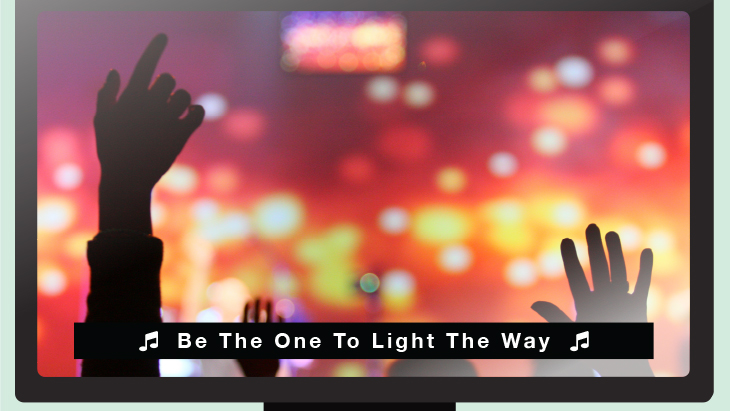A pure gold brick wrapped in an ugly package.
Why Quality Closed Captioning Matters for Ministry Organizations
If you’re a ministry organization, and you’re settling for poor quality closed captioning, that’s exactly what you’re offering to deaf and hard of hearing parishioners.
The Legal Requirements of Closed Captioning for Religious Broadcasts
If your church airs sermons and events on broadcast television, you already know that the law requires closed captioning.
If you’re re-airing those TV programs on the Internet, captioning is also a must-have.
The Impact of Poor Quality Closed Captioning on Your Audience
Congress mandated closed captioning to make video programming accessible to all Americans.
Estimates vary, but at any given time, the population of deaf or hearing impaired tops 40 million in the United States.
Without closed captioning, this is a huge audience that may be missing the message of your organization.
Reaching More Potential Converts with Quality Closed Captioning
Over the years, churches have embraced the far-reaching effects of the television broadcast, along with closed captioning, both as a legal requirement and as a way to reach more potential converts.
The Risk of Neglecting Captioning Quality
These broadcasts guide the spiritual life of millions of Americans.
Clearly, ministries don’t want to exclude a particular population from their message.
However, if your religious organization is neglecting the quality of closed captions, your deaf and hard of hearing audience may be struggling to understand your message – or missing it entirely.
How Poor Closed Captioning Affects the Hard of Hearing Community
Broadcast ministry programs often target shut-ins, including elderly or sick worshipers who can’t attend services.
The hard of hearing struggle to understand the context of a broadcast when misspelled or out-of-context closed captions appear.
The Importance of Choosing a Quality Closed Captioning Service
The National Center for Accessible Media (NCAM) has reported that competition from captioning companies in the marketplace has forced prices down – and quality had declined precipitously as a result.
They call these issues “pervasive.”
Don’t Sacrifice Quality for Price
Although the FCC has clarified captioning requirements to include an emphasis on quality, many organizations still simply select the cheapest route when choosing a vendor to provide closed captioning for their broadcasts.
We’ve all had experiences that illustrate negative life lessons around “I got exactly what I paid for.” The cheapest, in almost all instances, isn’t the best quality.
Closing the Gap: Choosing Quality Closed Captioning for Your Ministry
If your ministry selects a closed captioning vendor solely based on price, you’re likely diluting your message and possibly causing your audience to misunderstand it.
Mending the Net: The Benefits of High-Quality Captioning for Ministry Broadcasts
Casting the net far and wide embodies the “fishers of men” concept found in biblical texts.
But if your ministry is endorsing poor quality closed captioning there are huge holes in your net.
Taking a more deliberate approach toward captioning quality control will mend that net and ensure your ministry’s reach is both far and wide.

Ryan Hawthorne
Ryan is the Operations Manager and the reason we can brag about the quality of our captions. He isn’t shy of high standards or quick turnarounds. He makes sure your project looks perfect every step of the way. When Ryan isn’t captioning, he’s spending time with his family as a new father.


